Java Fern (Microsorum pteropus)
Stepping into the realm of aquariums is both thrilling and daunting. The array of aquatic plants to choose from can overwhelm even the most experienced aquarist. If you’re seeking an aquatic plant that boasts resilience, aesthetic appeal, and easy maintenance, look no further than the Java Fern (Microsorum pteropus).
This hardy, slow-growing plant native to Southeast Asia has made its way into the hearts of aquarists globally.
See More: Low Light Friendly & Slow Growing Plant Guides
Its ability to thrive in various conditions coupled with its unique appearance makes it a favourite among newbies and seasoned enthusiasts alike. If the charm of its lush, green leaves flowing in the water current doesn’t captivate you, its easy-care nature surely will.
Table of Contents
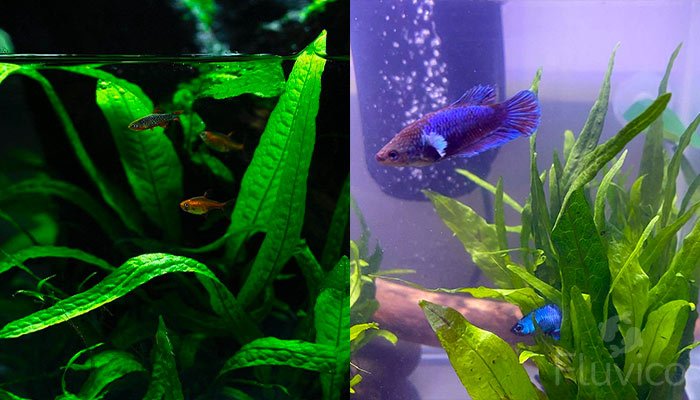
Facts & Overview – Java Fern
Java Fern belongs to the Polypodiaceae family and can grow up to 13.5 inches in height, making it an ideal mid-ground or background plant. Unlike many aquatic plants, it prefers to attach itself to rocks, driftwood, or other surfaces rather than be planted in substrate.
What’s fascinating about Java Fern is its unique method of reproduction. It doesn’t flower but instead develops small plantlets on the edges of mature leaves. As these plantlets grow, they fall off and find their own spot to attach to and grow.
This easy propagation adds to the many reasons why Java Fern is a must-have in your aquarium.
| Fact | Details |
|---|---|
| Scientific Name | Microsorum pteropus |
| Common Name | Java Fern |
| Native Region | Southeast Asia |
| Max Size (Approx) | 13.5 inches (34cm) |
| Light Requirements | Low (Very Slow Growing) Medium-high (Thriving) |
| Ideal Water Parameters | pH 6.0 – 7.0, Temperature 20-28°C |
| Growth Rate | Slow |
| Tank Placement | Midground or Background |
| Propagation | Rhizome Division or Adventitious Plantlets |
Pros
- Hardiness & Tank Adaptability
- Tolerate a wide range of lighting and water conditions (perfect for beginner)
- (Epiphytic plant) Helps maintain water quality.
- Not easily nibbled by fish
Cons
- Slow growth rate
- Sheds leaves often, needing regular maintenance.

Care & Growing Guide
Tank Requirements
Java Fern is not demanding when it comes to tank conditions. It can thrive in both low-tech and high-tech settings. However, a well-filtered tank with a steady water flow aids in its growth by ensuring nutrients are adequately dispersed.
Tank Size
While it can fit into any tank size, a minimum of 10 gallons is preferable to allow ample space for growth. Remember, this plant can reach up to 13.5 inches in height and spread several inches across.
Water Parameters
The water parameters for Java Fern are quite flexible. It does well in a pH range of 6.0 to 7.5 and a temperature range of 68°F to 82°F. While it can adapt to different water hardness levels, a range of 3-8 dKH is optimal.
Nutrition
Java Fern absorbs nutrients directly from the water through its leaves. While it can survive without additional fertilization, a liquid aquarium plant fertilizer can aid in maintaining its vibrant green hue and promote growth.
Co2
While it doesn’t necessarily require additional Co2 supplementation as we’ve seen it thrive in low-tech tanks. Adding additional Co2 will boost growth and enhance the plant’s overall health. So yes, a Co2 injection system can be used, but it’s 100% optional.
Lighting
Java Fern is highly adaptable when it comes to lighting. It can survive under low light conditions, which makes it perfect for beginners. However, medium lighting conditions are optimal for its growth. Do ensure the plant is not subjected to direct, intense light as it may cause the leaves to turn brown.
Substrate
Interestingly, it doesn’t require substrate like most aquatic plants. It’s an epiphytic plant, meaning it naturally grows on other objects like rocks, driftwood or decor. It absorbs nutrients directly from the water column through its leaves.
Trimming & Pruning
Java Fern requires minimal trimming and pruning due to its slow growth rate. However, removing any brown or yellow leaves will encourage new growth and maintain the plant’s aesthetic appeal. A good rule of thumb is to trim leaves that are more than 50% damaged, allowing the plant to redirect energy to healthier leaves.
Tips to Make Your Java Fern Grow Faster
Though inherently a slow-growing plant, certain conditions can speed up its growth. Maintaining medium lighting, adding liquid fertilizer, and ensuring optimal water parameters can significantly enhance growth. Also, occasional Co2 supplementation can give your plant a much-needed boost.
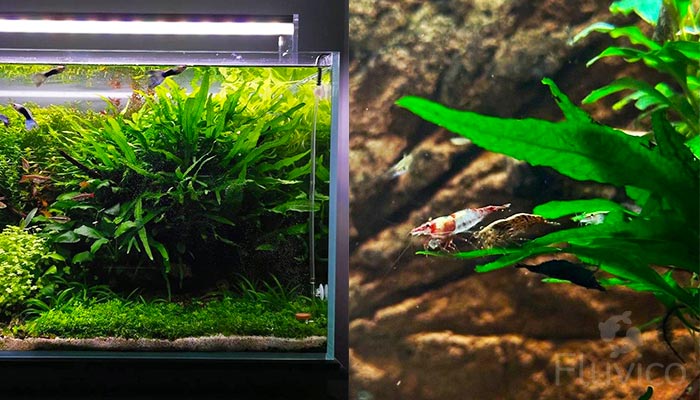
Compatible Tank Mates
Java Fern’s hardy nature makes it compatible with a variety of tank mates. It pairs well with a range of community fish, including Tetras, Guppies, and Danios.
Because of its bitter taste, it’s rarely nibbled on, making it suitable for tanks with herbivorous fish as well. Moreover, its sturdy leaves provide a perfect hideout for shrimp and small fish.
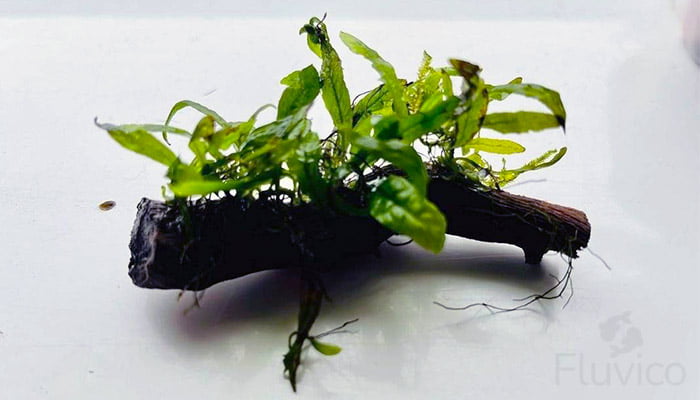
How to Plant a Java Fern
How To: Attach Java Fern To Driftwood
It naturally grows attached to objects, and driftwood makes an excellent choice. Begin by choosing a healthy Java Fern and a piece of driftwood that suits your tank. Using a fishing line or cotton thread, tie the plant’s rhizome to the driftwood.
Make sure not to bury the rhizome as it may cause the plant to rot. Over time, the plant will attach itself to the driftwood, and you can remove the thread if necessary.
How to Propagate Java Fern
Propagation of Java Fern is a fascinating process. It doesn’t require any special techniques or separation. The plant itself develops small plantlets on the edges of mature leaves, which eventually fall off and attach themselves to a suitable surface.

Common Issues
Turning Yellow
Yellowing leaves are usually a sign of nutrient deficiency, specifically a lack of iron or potassium. A good quality liquid fertilizer should help address this issue. Remember, while Java Fern is hardy, it does require certain nutrients to thrive.
Turning Brown
Brown leaves can be a result of too much light. Java Fern prefers low to medium light conditions, and exposure to intense light can cause the leaves to brown and eventually die. Adjust your lighting conditions to resolve this issue.
Black Spots
Java Ferns can develop black spots due to a process called sporulation. These plants propagate through spores, and the black spots are usually clusters of spores growing on the underside of leaves. This is a completely natural process and not harmful to the plant.
However, if the black spots appear raised, fuzzy, or spread significantly over time, it could be an indication of a fungal infection or black beard algae infestation, both of which could be detrimental to the health of the plant.
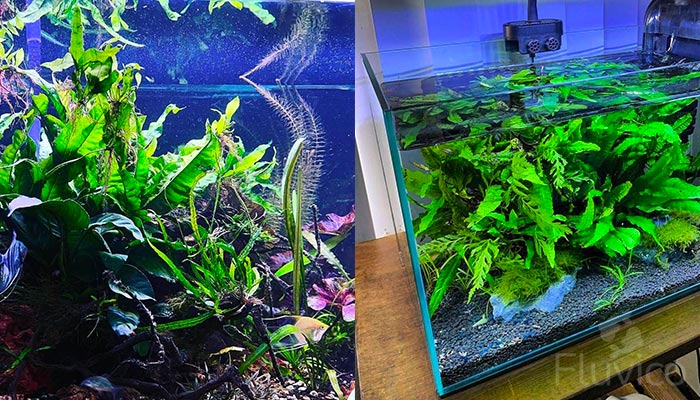
Should You Add Java Fern to Your Aquarium?
Yes! This beautiful plant adds a natural touch to any aquarium.
Java Fern is a versatile addition to any aquarium. Its minimal care requirements, combined with an aesthetic appeal and compatibility with diverse species, make it a fantastic choice, especially for beginners.
With the right care and attention, it will transform your aquarium into a lush, green underwater landscape.
Its hardiness and minimal care needs make it an excellent plant for both seasoned hobbyists and novices alike. As with any plant, providing the right conditions will ensure its health and vibrancy, contributing to a thriving aquatic ecosystem.

FAQs
1. Why is my Java Fern not growing?
Java Fern is a slow-growing plant. However, if you notice no growth over an extended period, check your water parameters and nutrient levels. Also, ensure it’s receiving adequate but not excessive light.
2. Can Java Fern grow out of water?
Yes, Java Fern can grow emersed, i.e., partially out of water. This method is often used by hobbyists to create stunning paludariums.
4. Can Java Fern grow from a leaf?
Java Fern propagates through adventitious plantlets that grow on the edges of its mature leaves. These plantlets eventually detach and grow into a new plant.
More Reading
- 15 Types of Cryptocoryne: Which is Best For Your Aquarium Setup?

- 16 Awesome Low Light Aquarium Plants (Mosses, Ferns & Stem Plants)

- 16 Fast Growing Freshwater Aquarium Plants

- 18 Types of Aquarium Moss: Photos, Care, Propagation & Growth Guide

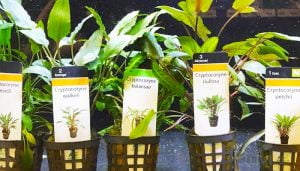
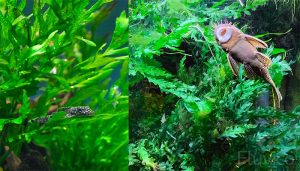
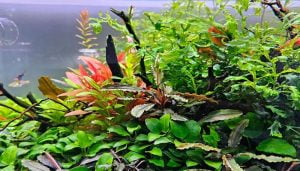

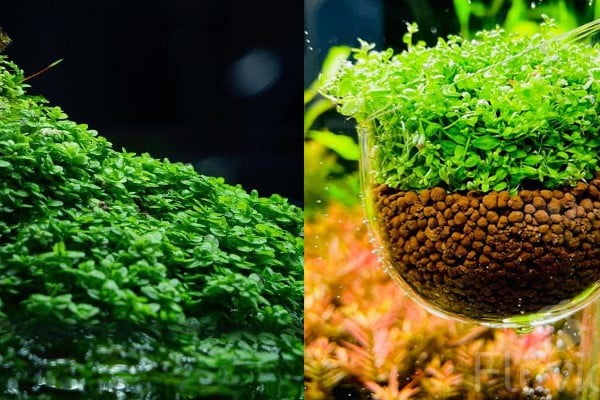
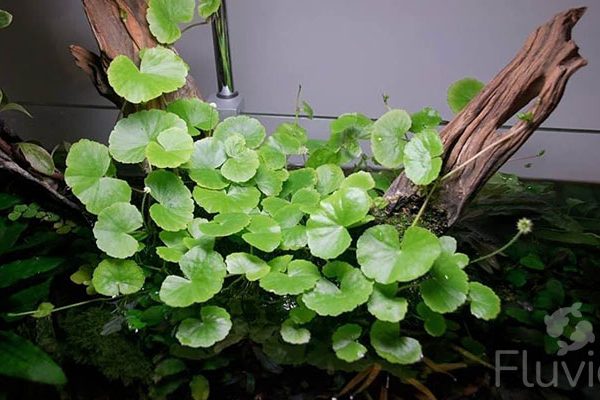

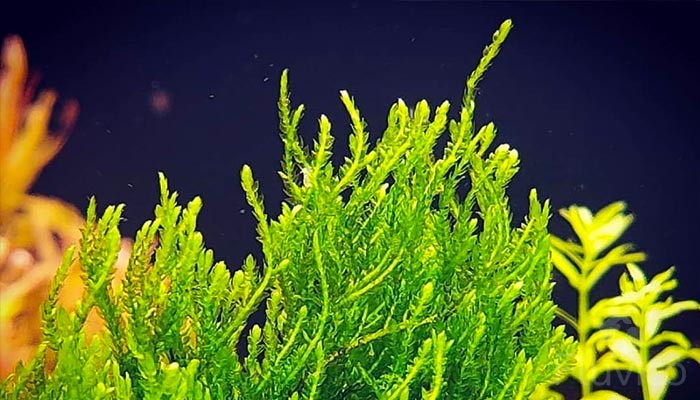
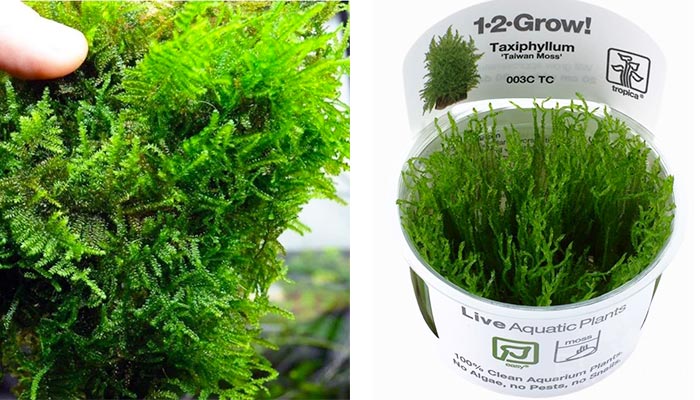
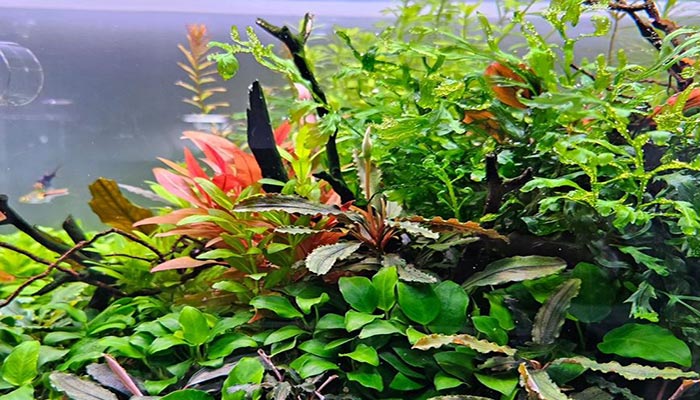
Hope you enjoyed our Java Fern Care Guide! As always if you have any questions or tips of your own, comment below.
All the best,
Charlie